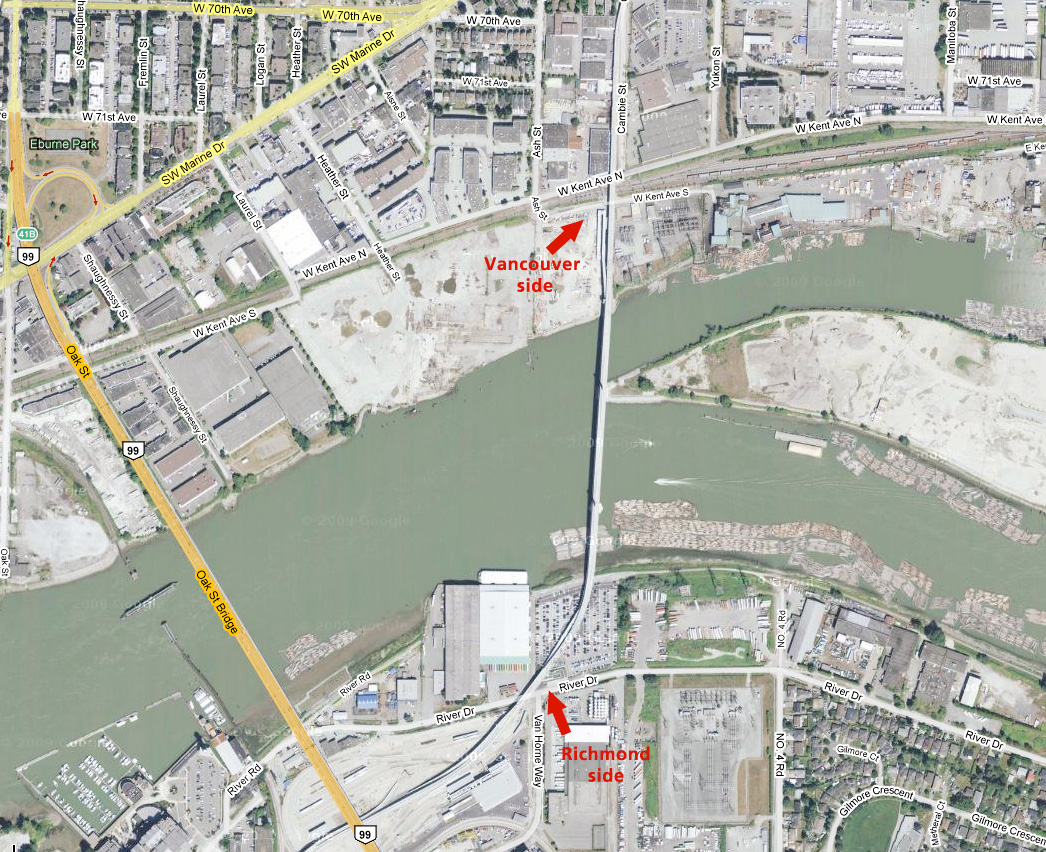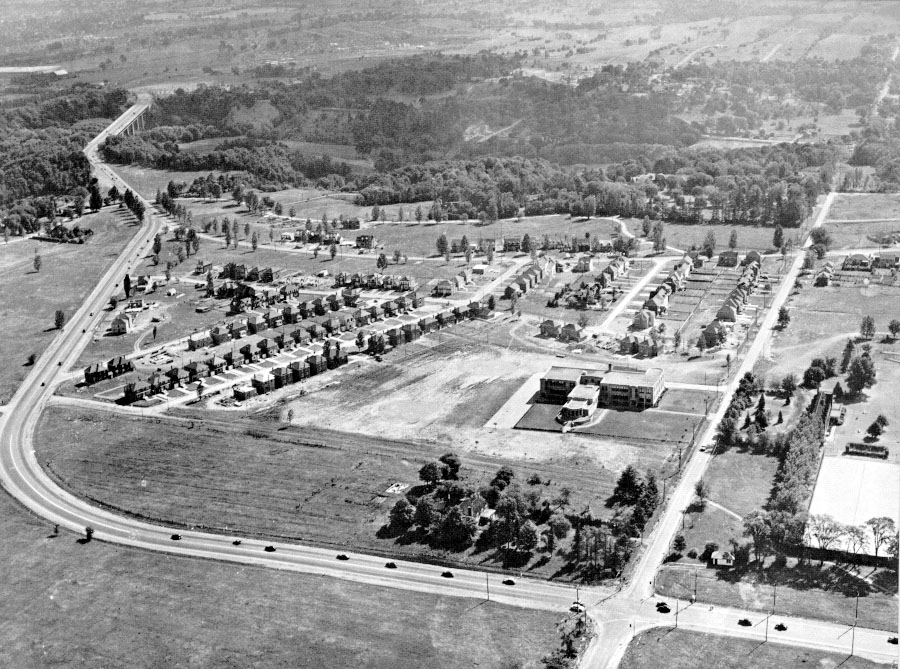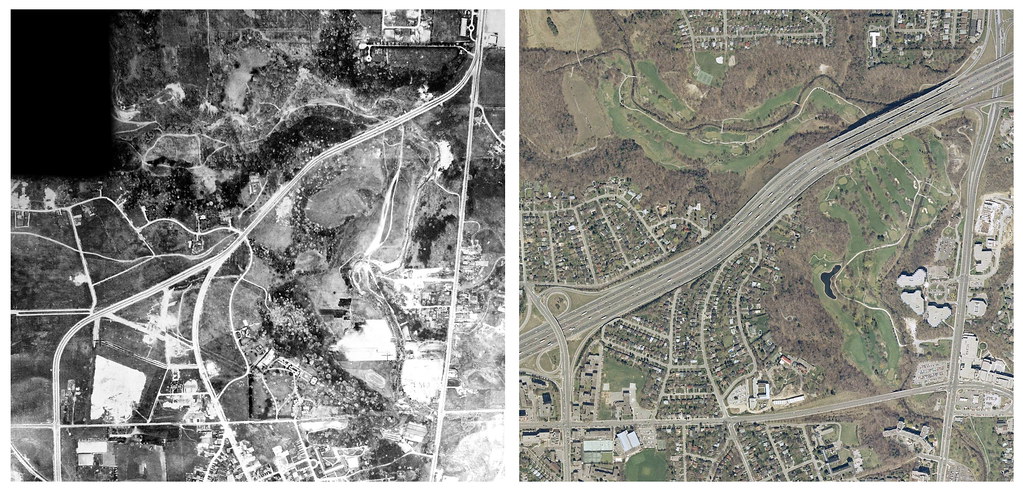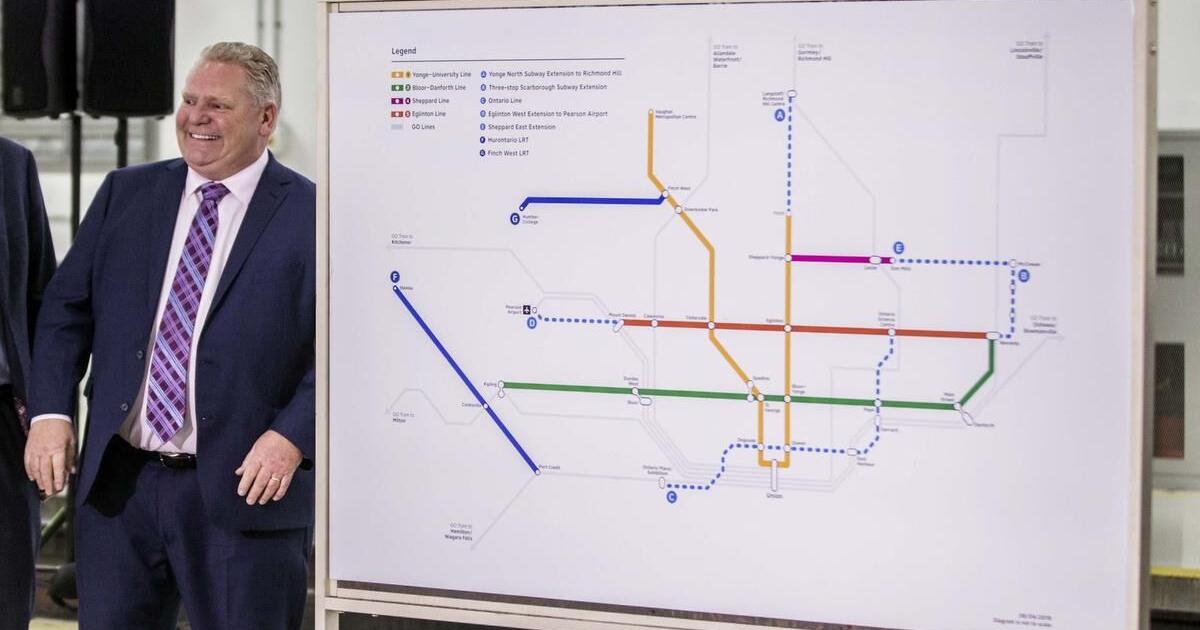Line 2 cut and cover sections, as far as I am aware, are made from concrete sections. These are quite easy to see in the photo below:
View attachment 230846
(Source:
A view of the construction of the BLOOR-DANFORTH subway through Christie Pits, Transit Toronto)
The way the concrete sections are assembled, there appears to be
no interlock between each segment as shown below:
View attachment 230847
(Source:
Happy birthday to the Bloor-Danforth subway, CBC News)
As there's no interlock between the segments, any differential displacement could cause substantial problems to the rail track. These are likely not operating like a stiff beam but instead a collection of segmented pipe. Segmented concrete pipe is quite sensitive to differential settlements. If there's excessive cant or twist in the rails, the line could be entirely shut down until the problem could be remediated.
TBM tunneling, SEM caverns, and cut-and-cover all have the ability to introduce settlement. Linearly passing under the sections may not cause a large disturbance, but coming in from either side certainly could. You'd have to very closely monitor ground movement regardless of the method chosen. It's likely that ground freezing would need to be employed to ensure minimal movement. If the process is going to take place over several seasons, that needs to be taken into account. To avoid any tilt, both incoming wye tracks would have to be perfectly in sync. Even the small staging difference of the TBM advancement needed to be taken into account while passing under the station, and TBMs have quite low and predictable settlement curves.
You certainly aren't going to launch a TBM from either side of the wye to meet up at Line 2, so it would be between SEM and/or cut-and-cover. You'd need to remove a substantial amount of housing to perform cut-and-cover, while SEM would be considerably more risky. If you're trying to minimize the size of the cut-and-cover boxes, irregular shaped boxes come with considerable settlement, and it is often irregular and unpredictable.
All the prep work and monitoring required to pull off this kind of maneuver on an active subway line would tkae a considerable amount of time.
There is no way that any of the mining methods for connecting the wyes could be carried out during passenger service. What company would be willing to take on that level of liability, when cant in the rail could result in derailing a passenger filled subway?
Are you going to perform ground freezing indefinitely while performing a large cut-and-cover in a busy intersection and only be able to do work nightly or on weekends? How will you manage all the relocates during the project? It's much harder to just dig around things when you're in tight quarters like that. That level of complexity, in my mind, would require
at least early nightly shut downs, not just weekend work. 10 years may be longer, but I would put it in that ballpark. There is a substantial amount of work that needs to be done
around the site, not just linking up the rails.
EDIT: Just wanted to clarify, when I say no interlock, I realize there is a lip on each segment that connects to the next. What I mean by this is there is no tie in or dowel holding the segments together. the joint has
zero tensile strength, making it very easy to shift from differential settlement. Examples of axial pullout and flexural pullout, both common issues in segmented pipe:
View attachment 230851
View attachment 230852
(Source:
xDisp Help Guide, Oasys)



